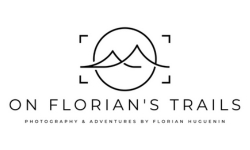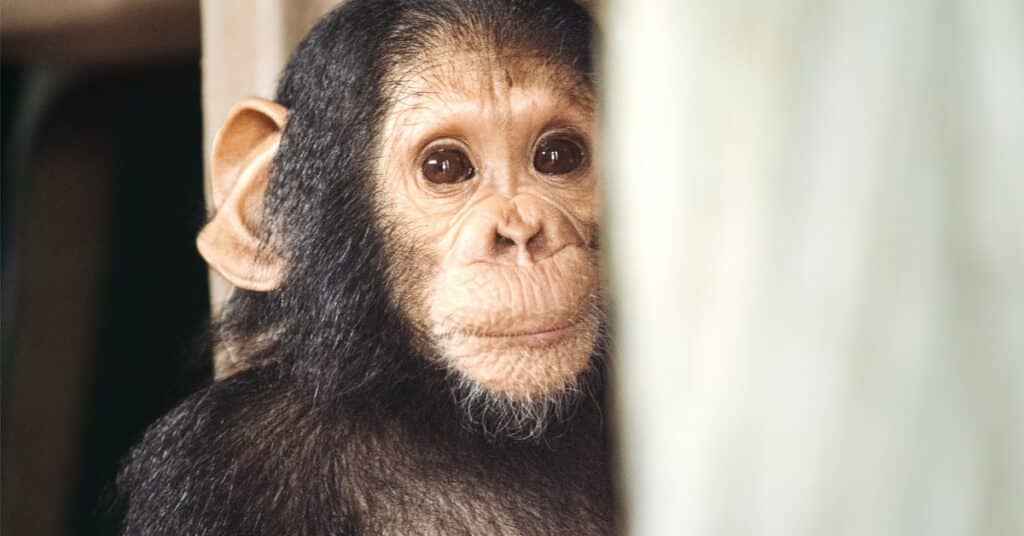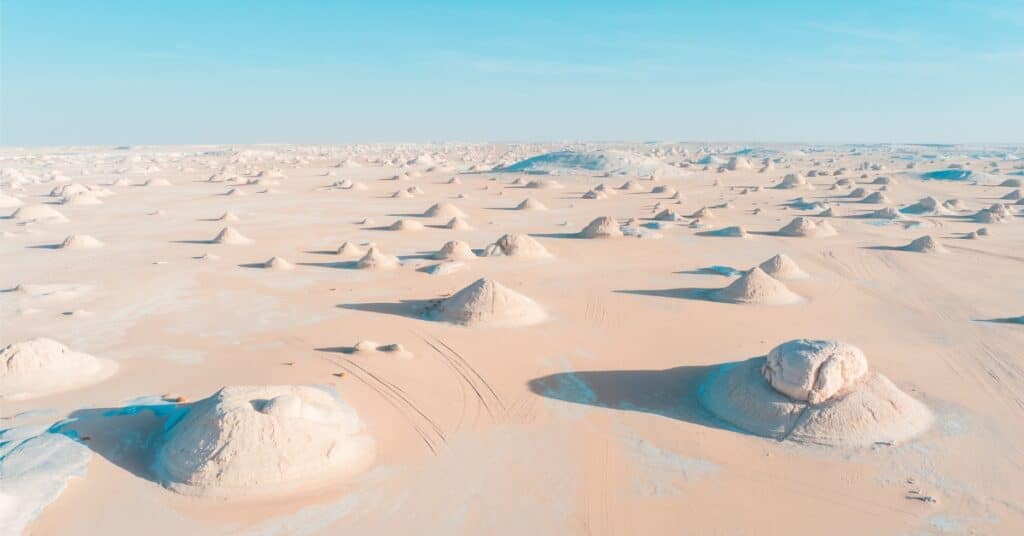Idool & Tello’s Waterfalls: An Adamawa Expedition
The cool morning air of Ngaoundere held the promise of adventure. An early start was essential, fueled by a quintessential Cameroonian Adamawa breakfast: a steaming, savory broth of beef shank, rich and fortifying.
It was the perfect preparation for the journey eastward, towards two places etched on my ‘must-visit’ list for a long time: the uniquely adorned chiefdom of Idool and the geologically fascinating Tello waterfalls. Both lay along the same path, a rugged laterite track known for testing vehicles and spirits, especially now, as the first downpours of the rainy season had begun their erosive work on its surface. The 70-kilometer drive stretched into two hours, a bumpy testament to the challenging, yet rewarding, nature of exploring this region.
Arriving in Idool felt like stepping into a pocket of serene order. The small village exuded peace; its clean, wide streets were lined with the unexpected sight of mature pine and eucalyptus trees reaching towards the sky. The air was calm, the atmosphere undisturbed.
The true draw, however, was the renowned traditional chiefdom. Its fame rests on the stunning visual spectacle of its walls, meticulously painted with vibrant, intricate geometric patterns in a dazzling array of colours. It stood as a proud testament to local artistry and tradition.
Unfortunately, the chief was away during my visit, meaning the beautifully decorated entrance remained closed to me. While I couldn’t explore the interior this time, I made a silent promise to return and respectfully seek permission.
Nonetheless, even viewed solely from the outside, the chiefdom’s artistry was magnificent, a striking contrast against the earthy tones of the village. Standing there, absorbing the quiet beauty and the unique cultural fingerprint, felt like a significant moment, a satisfying first chapter to the day’s explorations.
Leaving Idool behind, the journey continued back along the laterite track before diverting towards my second goal: the Tello waterfalls. These falls are a well-known natural wonder in Adamawa, though their accessibility has sadly become intertwined with the region’s security challenges.
Concerns about highwaymen cast a shadow, making prolonged stays on these remote roads unwise, a sobering reality check amidst the beauty. A smaller, easily managed track branched off, leading 2 kilometers through the bush to a designated parking spot.
From the parking area, a narrow set of worn stairs guided me downwards, not beside the waterfall, but directly behind it. The experience was immediately immersive.
As shown in the photograph I captured, you find yourself in a vast, C-shaped cavern carved out behind the cascade. You literally walk on a pathway sheltered under the thick, ancient lateritic rock platform from which the river plunges into the reddish pool below. Water thundered down just meters away, the air thick with cool mist. It’s an extraordinary perspective, geologically intriguing, allowing you to observe the rock strata and the erosive power of water from an intimate vantage point.
I spent several minutes tracing the damp rock walls with my eyes, analysing the formations, and simply soaking in the raw, natural beauty of this unique amphitheater. Nearby stood the simple frame and roof of a small shelter, weathered by time. I imagined it in a previous era, bustling with families and friends enjoying picnics, echoing with laughter, a poignant contrast to the current quiet.
Resting there briefly, the sound of the falls filling the air, I felt that familiar pang of nostalgia, a wistful sense of glimpsing the remnants of what might have been a more joyful, accessible past in this ‘Africa in miniature.’
As the vehicle bounced along the track back towards Ngaoundere and the day drew to a close, the initial melancholy gave way to a quieter sense of fulfillment. Discovering the painted elegance of Idool and standing within the earth’s embrace behind the curtain of Tello Falls were profound experiences.
There’s a quiet pride, too, in venturing out, in being one of the few expatriates perhaps to witness these specific facets of Cameroon’s incredible diversity in recent times. Each kilometer covered, each sight absorbed, reinforces the belief that drives “On Florian’s Trails”: In every journey, however challenging, there is always a story worth discovering and telling.



